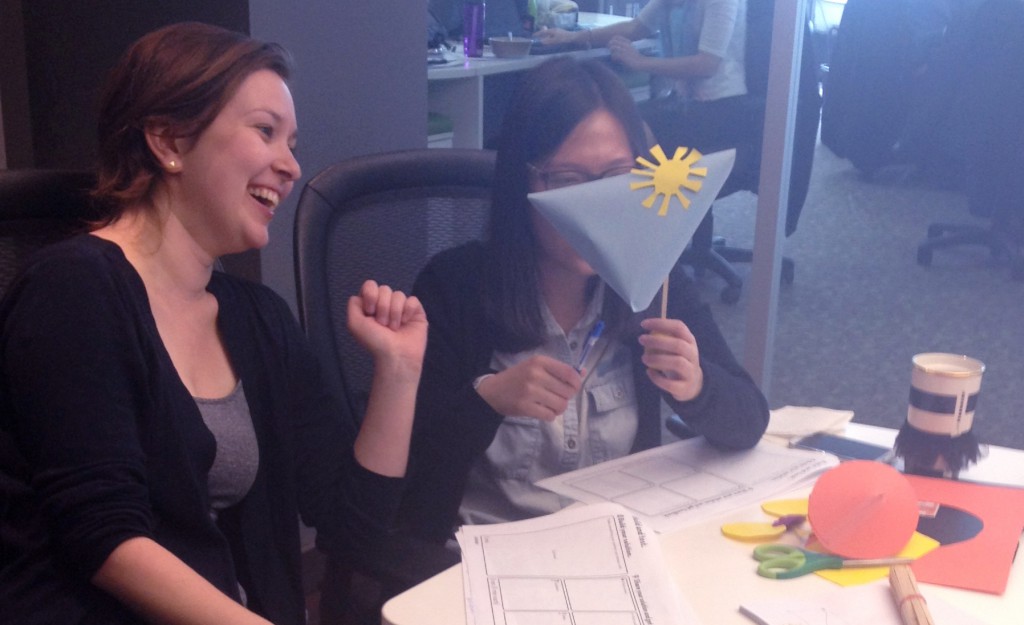 Learnings from our internal workshops
Learnings from our internal workshopsI recently conducted a series of design thinking workshops for our team. In our first workshop we tackled the grocery shopping experience—including the challenges people face when shopping and how to address them. For the next round, we focused on the daily commute and how to improve it.
As in our first session, the group was divided into pairs and participants began by interviewing their partners about their last commuting experience.
For me, one participant’s experience stood out the most. Her partner’s commute to work consisted of a simple 10-minute walk that she loved doing every day. There was no need for public transit, waiting in lines or in traffic, finding a parking spot or other common issues associated with commuting. My participant was stumped. How do you improve on an experience that your user already loves?
After the first round of team interviews, I asked all of the participants to dig a little deeper and instructed them to try to pull out little nuggets and stories from their partners – perhaps something that sparked emotion in their partner – and use that as the basis of their strategy to improve their partner’s commute.
Similar to client relationships, we transition from general questioning to more specific and tailored questioning to uncover their specific needs. An initial conversation might not produce actionable results but further discussion can lead to the answers you are seeking.
During the second round of questioning, my participant decided to take a different approach to the topic. Since her partner felt her commute was already satisfying, she changed her questioning and started to look for ways to make this experience even better. Her partner jokingly responded that if she could control the weather her commute would be perfect. Well, obviously my participant couldn’t control the weather but she could come up with ways to manage the immediate environment around her partner.
With a few sketches, followed by a simple Play-Doh prototype, my participant designed a simple umbrella that would provide a climate-controlled environment for her partner to carry while she walked. My participant learned that by adjusting her questioning and expanding her partner’s experience beyond the act of commuting she was able to think beyond the task at hand and find a solution that her partner never knew she needed.
Now let’s be real. This was a workshop. We really have no intention of building a climate-controlled umbrella. But my participant learned that even the best experiences can be improved upon. She learned that by thinking beyond the obvious and allowing herself to get creative she was able to take an impossible idea and turn it into a more manageable and personal experience tailored to her user. And, she can now apply these learnings to her work.